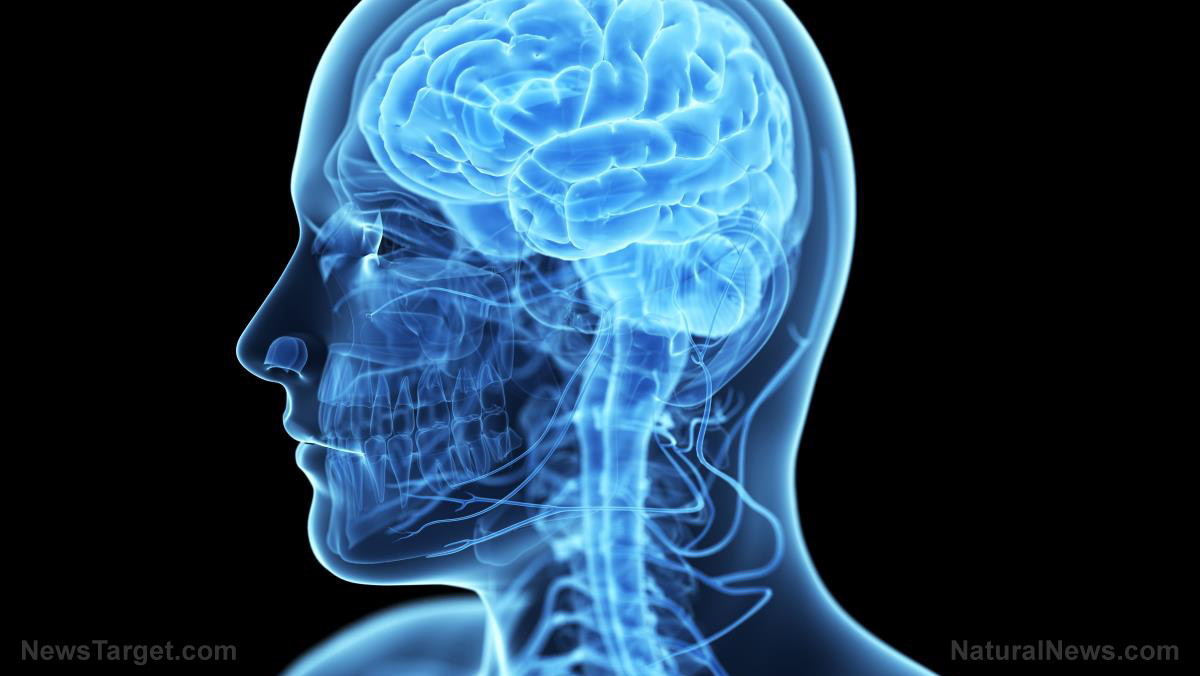Why do we age? The many theories of growing old
02/05/2016 / By Greg White

Aging is one of the most familiar and mysterious phenomena of life. Even to this day, researchers still disagree about the causes of aging; and, indeed, if we don’t know why we age, how can we expect to treat it?
Ronald Klatz and Robert Goldman explore the many theories of aging in their book Stopping the Clock: Why Many of Us Will Live Past 100 and Enjoy Every Minute. The following is an excerpt from the book, which highlights just a few theories about why we age. Although many of these theories are outdated, they collectively illustrate the scope of the challenge at hand.
Hayflick Limit Theory
In 1961, two cell biologists, Dr. Hayflick and Dr. Moorhead, made one of the greatest contributions to the history of cellular biology, demonstrating the senescence of cultured human cells. Hayflick theorized that the aging process was controlled by a biological clock contained within each living cell. The 1961 studies concluded that human fibroblast cells (lung, skin, muscle, heart) have a limited life span. They divided approximately 50 times over a period of years and then suddenly stopped. Nutrition seemed to have an effect on the rate of cell division: overfed cells made up to 50 divisions in a year, while underfed cells took up to three times as long as normal cells to make the divisions. Alterations and degenerations occurred within some cells before they reached their growth limit; the most evident changes took place in the cell organelles, membranes, and genetic material.
This improper functioning of cells and loss of cells in organs and tissues may be responsible for the effects of aging. Aging is the only fatal affliction that all of us share.
The power of the elements: Discover Colloidal Silver Mouthwash with quality, natural ingredients like Sangre de Drago sap, black walnut hulls, menthol crystals and more. Zero artificial sweeteners, colors or alcohol. Learn more at the Health Ranger Store and help support this news site.
Death Hormone Theory (DECO)
Unlike other cells, brain cells or neurons do not replicate. We are born with roughly 12 billion of them and over a lifetime about 10 percent perish. Dr. Donner Denckla, an endocrinologist formerly at Harvard University was convinced that the “death hormone” or DECO (decreasing oxygen consumption hormone) released by the pituitary gland may contribute to the loss of neurons. When he removed the pituitary glands of rats, their immune systems revitalized, the rate of cross-linking in cells reduced, and cardiovascular function was restored to the levels of youth. Denckla speculated that as we age, the pituitary begins to release DECO which inhibits the ability of cells to use thyroxine, a hormone produced by the thyroid governing basal metabolism, the rate at which cells convert food to energy. The resulting changes in metabolic rate bring on and accelerate the process of aging.
Thymic-Stimulating Theory
“The thymus is the master gland of the immune system,” says Dr. Alan Goldstein, chairman of the biochemistry department at George Washington University. The size of this gland reduces from 200 to 250 grams at birth and then shrinks to around three grams by age 60. Scientists are investigating whether the disappearance of the thymus contributes to the aging process by weakening the body’s immune system.
Studies have shown that thymic factors are helpful in restoring the immune systems of children born without them as well as rejuvenating the poorly functioning immune systems of the elderly. Thymic hormones may also play a role in stimulating and controlling the production of neurotransmitters and brain and endocrine system hormones, which means they may be the pacemakers of aging itself as well as key regulators responsible for immunity.
Mitochondrial Theory
The free radical theory is supported by direct experimental observations of mitochondrial aging. Mitochondria are the energy-producing organelles in the cells that are responsible for producing ATP, our primary source of energy. They produce cell energy by a process that leads to the formation of potentially damaging free radicals. Mitochondria are also one of the easiest targets of free radical injury because they lack most of the defenses found in other parts of the cell. Evidence points to various kinds of accumulated DNA damage over time to be a contributing factor to disease, and new research in mitochondrial repair could play an important part in the fight against aging.
Errors and Repairs Theory
In 1963, Dr. Leslie Orgel of the Salk Institute suggested that because the “machinery for making protein in cells is so essential to life, an error in that machinery could be catastrophic.” The production of proteins and the reproduction of DNA sometimes is not carried out with accuracy. The body’s DNA is so vital that natural repair processes kick in when an error is made. But the system is incapable of making perfect repairs on these molecules every time, and therefore the accumulation of these flawed molecules can cause diseases and other age changes to occur. If DNA repair processes didn’t exist, scientists estimate that enough damage would accumulate in cells in one year to make them nonfunctional.
Learn more about why we age by purchasing a copy of Stopping the Clock here.
Source used:
(1) Amazon.com
Tagged Under: aging, death, death hormone theory, Errors and Repairs, Mitochondrial Theory, olding, theories of aging




















